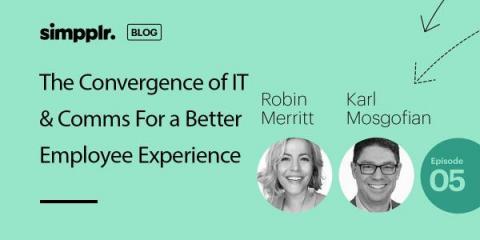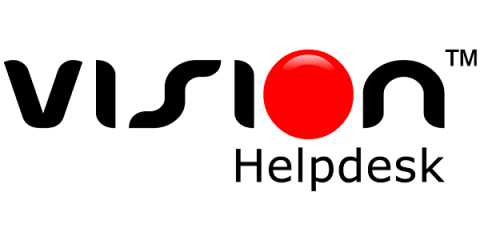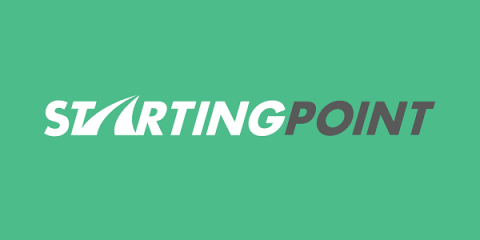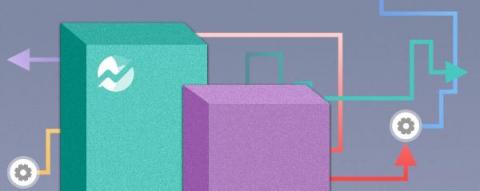Combining IT & Comms for Better Employee Experience
In this episode of the Cohesion Podcast, Amanda had a great conversation with Gainsight’s Senior VP and Chief of Staff and Community, Robin Merritt, and CIO Karl Mosgofian about their experiences in converging IT and internal communication to create an employee experience that no one wants to leave. Gainsight is the leader in Customer Success technology and thought leadership on customer-centricity.










